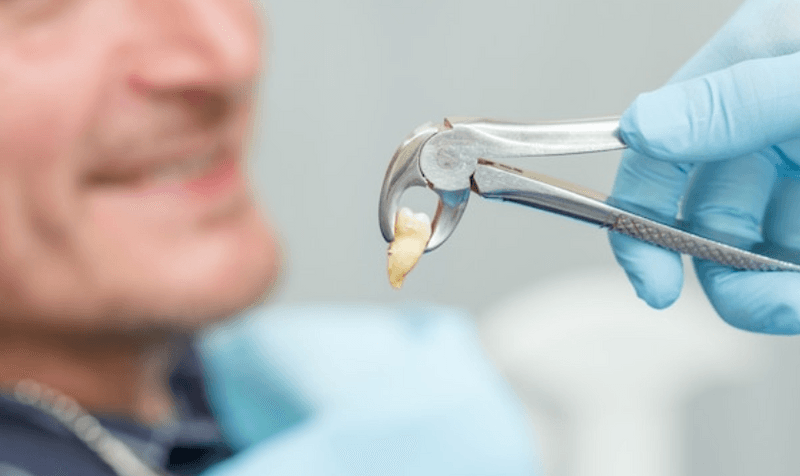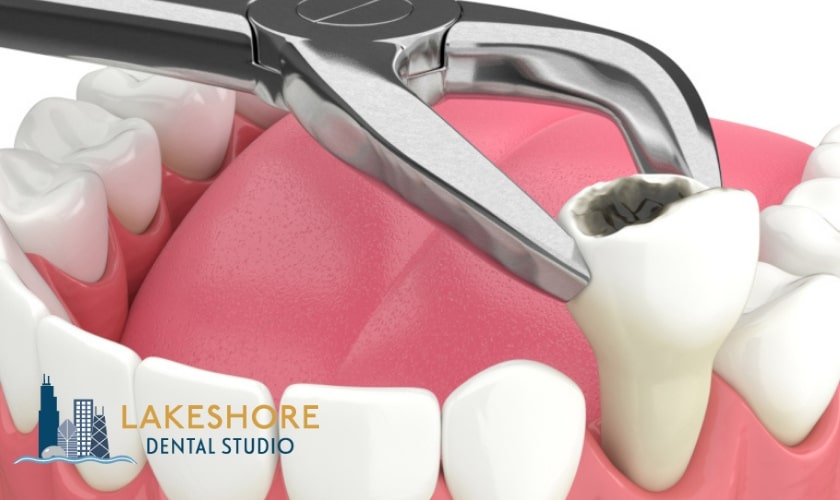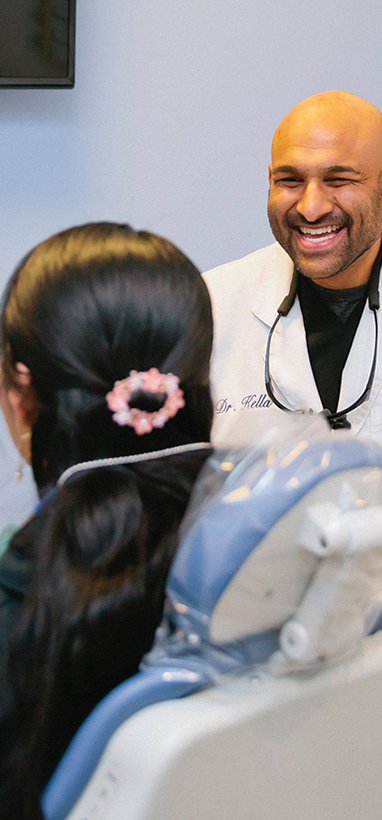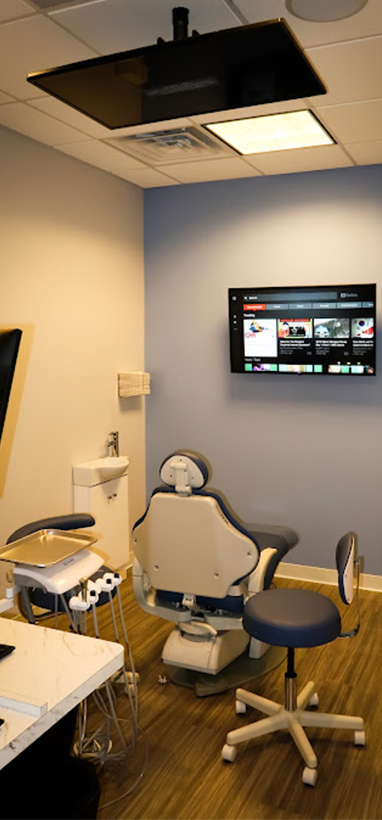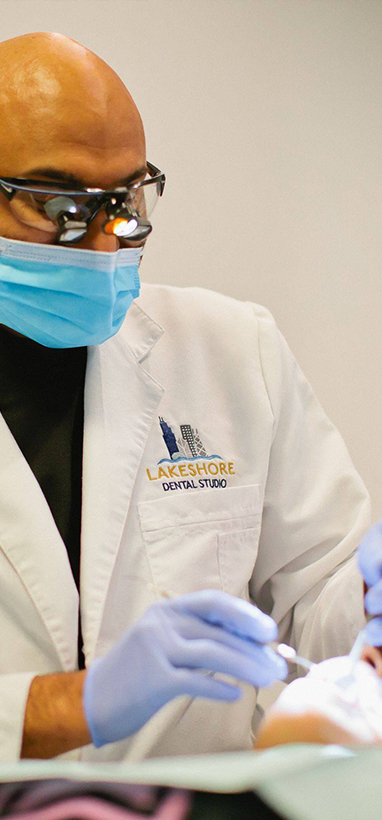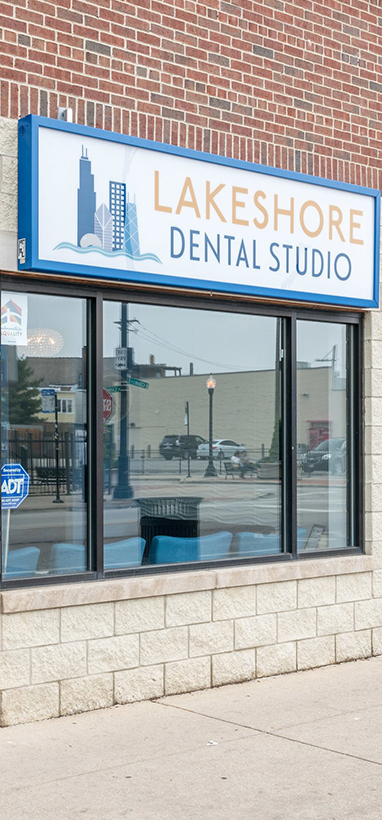5505 N. Clark Street Chicago, IL 60640

When Is Tooth Extraction Necessary? A Guide For Dental Care
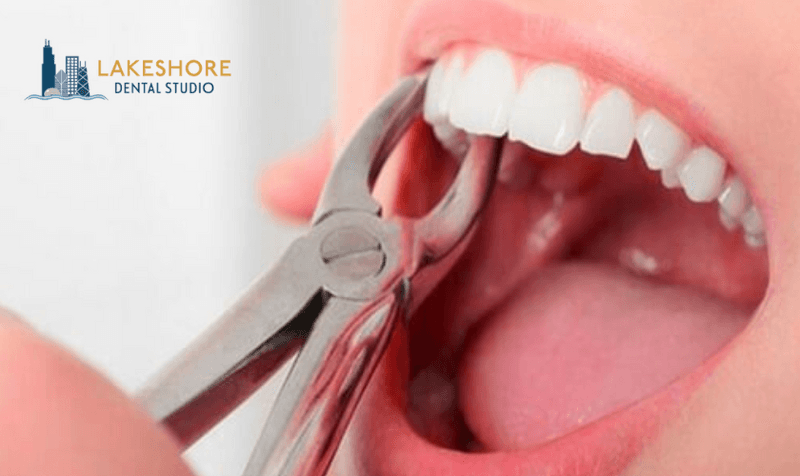
If you’re experiencing dental pain or discomfort, it’s likely that you are considering whether or not a tooth extraction is necessary. In this article, we’ll explore the various scenarios where tooth extraction might be recommended and provide some helpful guidance for those seeking to better understand their dental care options. Read on to learn more!
Overview of Tooth Extractions
The most common reason for tooth extraction is that the tooth is severely decayed or damaged and cannot be repaired. Other reasons for extraction include:
* Impacted teeth (teeth that have not erupted through the gum line or have only partially erupted)
* Extra teeth (supernumerary teeth) that crowd other teeth or prevent them from erupting properly
* Teeth that need to be removed to make room for orthodontic treatment
* Infected teeth that cannot be saved with root canal treatment
In some cases, a tooth may need to be removed even if it appears healthy. This can happen if the tooth is severely damaged (for example, from trauma), if it is in the way of an upcoming dental procedure, or if it is infected and the infection has spread to the surrounding bone.
Causes of Tooth Decay
Tooth decay is one of the most common dental problems, and it can have a variety of causes. The most common cause of tooth decay is poor oral hygiene. When you don’t brush and floss regularly, plaque builds up on your teeth. This sticky film is made up of bacteria, food particles, and saliva. The bacteria in plaque produce acids that eat away at tooth enamel, causing cavities.
Other factors that can contribute to tooth decay include:
• Eating sugary or starchy foods: These foods provide the nutrients that bacteria need to produce acids.
• Drinking sugary beverages: Sugary drinks like soda and sports drinks are especially harmful because they’re often consumed in large quantities.
• Poor dental health: If you have gum disease or other dental problems, you’re more likely to develop cavities.
• Dry mouth: Saliva helps protect your teeth from decay by washing away food and neutralizing acids. If you have a dry mouth, you’re at increased risk for cavities.
Pain and Signs of Tooth Decay
Tooth decay is the process by which a tooth decays and breaks down. This can happen due to many different factors, including poor oral hygiene, eating sugary or acidic foods, or not getting enough fluoride. When decay happens, it causes the tooth to become weak and eventually break.
There are many signs that you may have tooth decay, including:
-Sensitivity to hot or cold temperatures
-Visible holes or pits in your teeth
-Pain when chewing or biting down
-Brown or black staining on your teeth
If you suspect that you have tooth decay, it’s important to see a dentist right away. They will be able to determine the severity of the decay and recommend treatment options. In some cases, a simple filling may be all that’s needed. However, if the decay is more severe, an extraction may be necessary.
Preparation for a Tooth Extraction
When a tooth is extracted, the dentist first numbs the area around the tooth with an injection of local anesthetic. Once the area is numb, the dentist will use a tool called an elevator to loosen the tooth and then forceps to remove it. In some cases, the dentist may need to make a small incision in the gum tissue to help remove the tooth.
What to Expect After the Procedure
After having a tooth extracted, it is normal to experience some bleeding and swelling. To control the bleeding, bite on a gauze pad for 30-45 minutes immediately after the procedure. Swelling can be minimized by applying ice to the area for 20 minutes at a time, several times a day. You may also take ibuprofen or another over-the-counter pain reliever as needed. It is important to avoid smoking and using straws for at least 24 hours after the procedure to prevent dry socket.
Alternatives to Extraction Treatment
There are a few alternatives to extraction treatment that your dentist may recommend. These include:
1. Root Canal Treatment: This involves removing the infected pulp from the tooth and then sealing it off to prevent further infection.
2. Endodontic Retreatment: This is typically recommended if root canal treatment was unsuccessful the first time around. It involves re-cleaning and sealing the tooth.
3. Pulpotomy: This is a procedure that is sometimes used on baby teeth or primary teeth that have not fully developed yet. The aim is to remove the infected pulp without damaging the surrounding tooth structure.
4. Dental Implants: This is an option for replacing a missing tooth or teeth. A titanium post is placed into the jawbone and then a artificial tooth (or teeth) is attached to it.
5. Dental Bridges: This is another option for replacing one or more missing teeth. A dental bridge consists of one or more artificial teeth that are held in place by dental crowns on either side of the gap.
Conclusion
Tooth extraction is a serious dental procedure, and it should only be done when absolutely necessary. We hope that this article has provided you with enough information to understand why tooth extraction may be necessary and how to best prepare for one if you ever need it. If you have any additional questions about tooth extraction or would like further advice on your oral health, please reach out to us at our practice for an appointment.
FAQs:
Q: How do I know if I need a tooth extraction?
A: Tooth extraction may be necessary if the tooth is damaged beyond repair, severely decayed, or causing crowding of other teeth. Your dentist can advise you if a tooth extraction is necessary.
Q: What should I expect after having a tooth extraction?
A: After a tooth extraction, you may experience some swelling, tenderness, and bleeding. It is important to follow your dentist’s instructions for aftercare to reduce the risk of infection and promote healing.
Q: How long does it take to heal after a tooth extraction?
A: Healing time can vary from person to person, but it typically takes a few days to a few weeks for the gums to heal after a tooth extraction. During this time, it is important to follow your dentist’s instructions for aftercare to reduce the risk of infection and promote healing.


